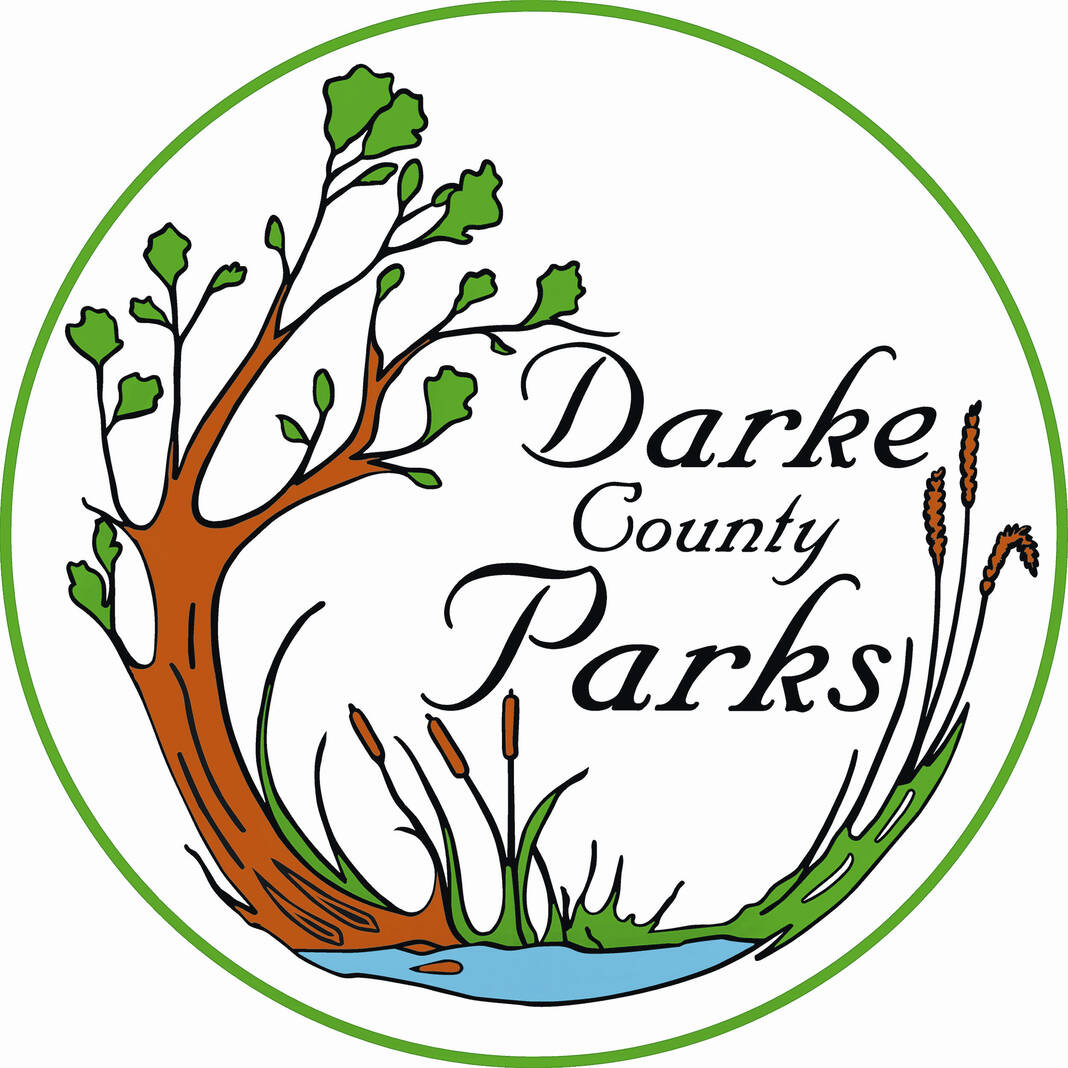

By Mitch Pence
Darke County Parks
Freezing nights and thawing days are the start to a delicious bottle of maple syrup… but what does this mean? Everybody knows that sap comes from trees, but how does this clear liquid become the sweet treat we drizzle over our waffles and pancakes? Well, for starters, a very specific condition must be met before any sap collection can happen. As winter begins to give way to spring, there is a freezing and thawing that takes place from day to night. During the day when temperatures climb above 40 degrees, the difference in air pressure from the overnight freeze begins to push the sap back down to the roots. This is prime time for tree tapping as this daily movement of sap within the tree is what will fill your sap bucket.
Before we start tapping trees willy-nilly, we need to pick the trees of a certain size with sap containing the most sugars. In Ohio, this narrows us down to one family of trees in particular, the maples! Among all the maple species, most have a sugar content of one percent within their sap. However, the sugar maple is the exception, and the perfect candidate to collect sap from, with 2 percent of its sap containing sugar, thus giving the tree its name! That slight increase may not seem like much, but it makes all the difference when it comes to the evaporating process. You see, in order to enjoy maple syrup as we know it, we need to boil away the water in the tree sap until a specific ratio of sugar to water is met. This can only be achieved after hours of boiling in an evaporator like the one in the Sugar Shack at Shawnee Prairie Preserve.
It takes a lot of sap to make just a little bit of syrup. In fact, on average it takes about 40 gallons of sap to make just a single gallon of syrup! That seems like a lot of sap to take from a sugar maple just for one measly gallon of syrup by comparison, so does taking that much sap hurt the maple tree in any way? If one follows the proper tree tapping etiquette, your sugar maple can yield sap during your spring harvest for decades without any harm to the tree. As I mentioned before, maple trees must reach a certain size before they can be tapped to avoid permanent damage. With the rest of the year off between harvest, this gives your sugar maple plenty of time to naturally heal the tap holes.
Maple sugaring season is always a great way to welcome spring in the new year! You can learn even more about the process of turning sap into syrup and see our Sugar Shack in action at Shawnee Prairie Preserve on March 4, 2023 for our Maple Sugarin’ on the Prairie event. Take a naturalist led walk along our “sugar trail” to discover how the process of making maple syrup has evolved through history. Step inside the Sugar Shack and witness the boiling process of our evaporator. And be sure to get your tickets at the door for the Friends of the Darke County Parks’ waffle breakfast from 8 a.m.–noon where you will be able to enjoy homemade waffles and locally sourced maple syrup. Want your very own bottle of syrup to take home? Sponsor a Bucket and pick up your decorative bottle of maple syrup made right from our Sugar Shack on the day of the event. Other sponsorship tiers include pancake mix made at Historic Bear’s Mill and two tickets to the Friends’ waffle breakfast. Visit darkecountyparks.org/maple for more info on this event and to sponsor a bucket today!




